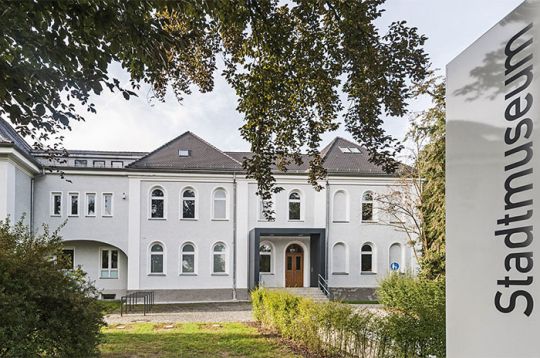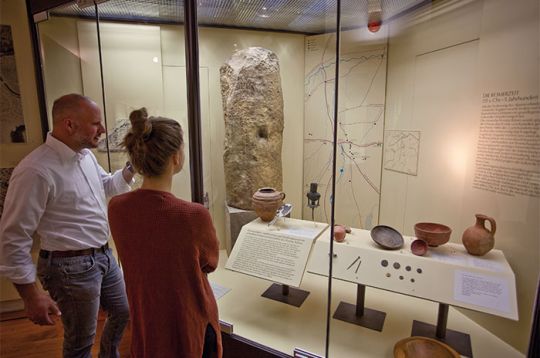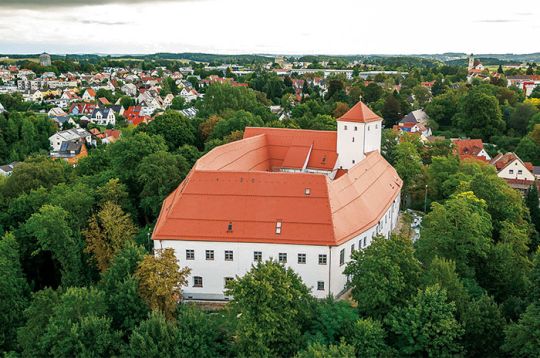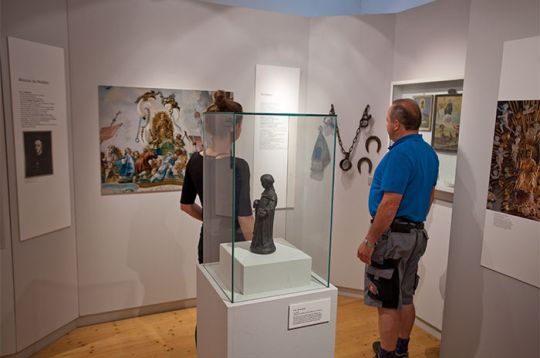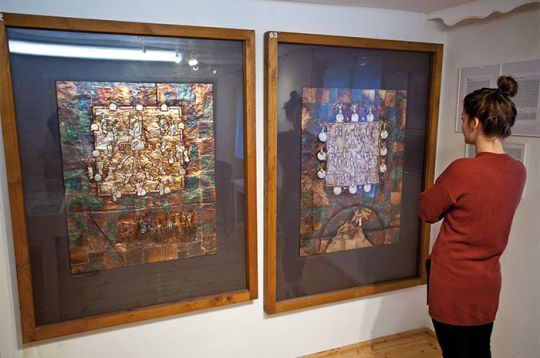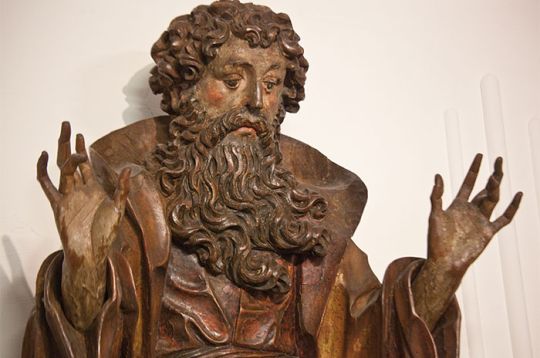Cookie and data protection information
This website uses cookies to enable certain functions and to improve the offer.
Schützt vor Cross-Site-Request-Forgery Angriffen.
Speichert die aktuelle PHP-Session.
Content from video platforms and social media platforms is blocked by default. If cookies from external media are accepted, access to this content no longer requires manual consent.
